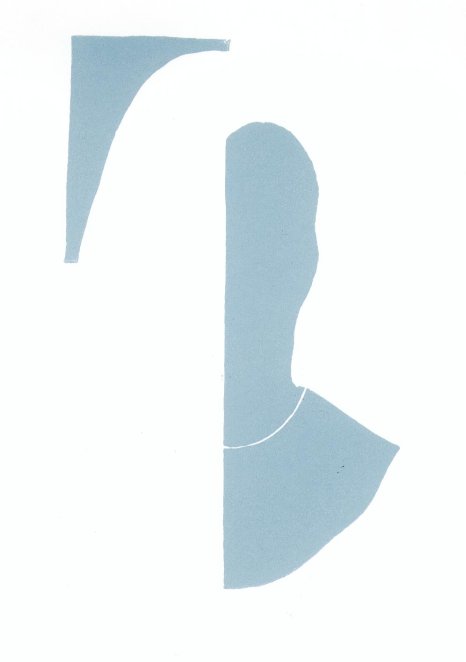I had a fab three days last week at the Curwen Print Study Centre, near Cambridge UK. Tuesday was collagraphs, Wednesday was drypoint, and Friday was linocut. I
would have done the whole week (monopronts and woodcuts) if the two other days
hadn’t been fully booked!
So, Tuesday – collagraphs. As you need a
press for this technique, and I (sadly) don’t have one, this was completely new
to me. Using a piece of mount board as a base, I stuck various items on (using PVA
glue), and also cut into the surface of the mount board in some places. The
things you can use are without limit – anything that has texture is fair game!
The only thing to remember is that your overall plate (mount board plus stuck-on
bits) shouldn’t end up being too thick (from thinnest point to thickest point),
as you’ll have problems printing the ink evenly. When you’re happy with your
plate, let the glue dry and then apply a couple of thin layers of varnish to
seal it.


We then inked up intaglio – we scumbled the
ink into the grooves and recesses of the surface, then wiped the plate using
scrim (a kind of open mesh material). This leaves the relief parts free of ink
and the recesses inked up. Then to the press – plate on press, damp paper on
plate, packing paper on top of that, then ‘heave ho’ on the press! The paper
needs to be slightly damp so the fibres get properly pressed into the recesses
of your plate. Result:
Next step was to roll over the plate –
using a roller you apply ink to the relief parts of the plate. The plate still
has ink on it from the intaglio stage, so when it goes in the press both
intaglio and relief area print:
As you can (hopefully) see, I did
figurative subjects (cat, landscape), but some of the others produced some
fabulous abstract prints. The scope is endless, so much you can do with
textures and colour!























.jpg)
























